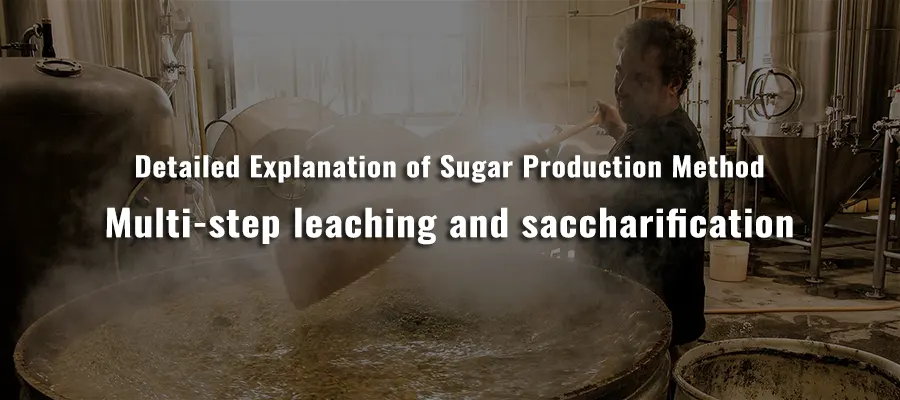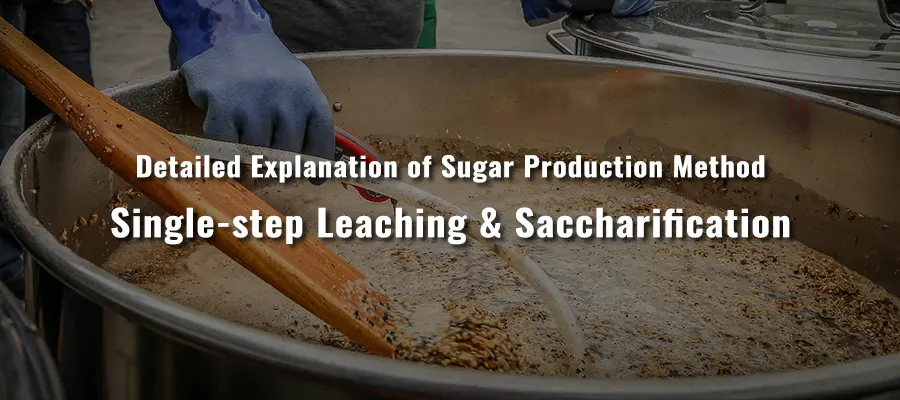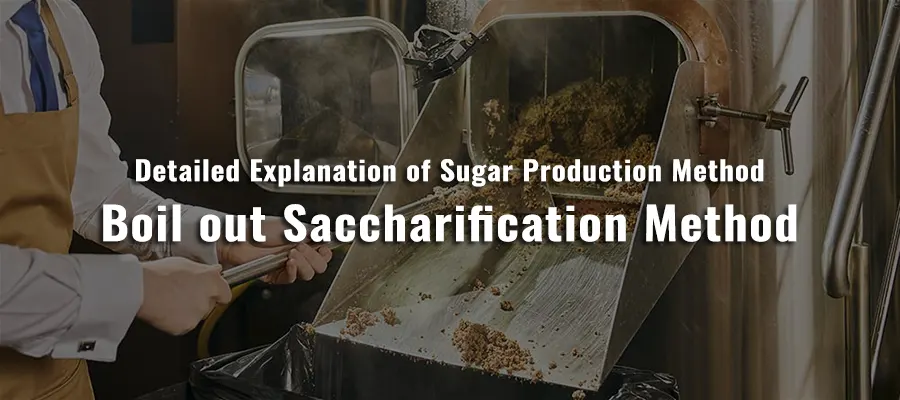Typical Brewhouse Equipment
A two-in-one mashing pot and cooking pot (all-in-one), which integrates the function of filtration, with options for tillage and temperature control.
Description
Compared with the single-step leaching mashing method, this method can adjust the sugar composition in the wort by controlling the temperature.
Due to the rapid inactivation of β-amylase during common single-temperature saccharification (66-68°C), there is a limit to the final degree of fermentation, and even prolonging the rest time of saccharification cannot overcome the problem of enzyme inactivation.
For beer styles such as Pearson and Bock that must a high degree of fermentation, we can extend the rest to 60-62°C. Because at this temperature, the inactivation of beta-amylase is very slow.
The duration of saccharification rest and the choice of saccharification method depend on the enzyme content in the malt and the degree of malt crushing. When the malt is pulverized, the decomposition of starch can be completed in 20 minutes; when the malt is pulverized, even if the saccharification time is extended to 60-90 minutes, the decomposition of starch may not be completely completed.
The crushed state of homebrew is difficult to achieve better identification, and home brew lovers need to make their discretion now. After many experiments, it will be found that using the same yeast strain, the final fermentation degree of wort is different under different crushing states.
When saccharification stops at 70-72°C, the time should be extended until the iodine test is passed (usually no more than 20 minutes). Of course, for a higher saccharification yield, the saccharification time at this temperature can be extended to 45 minutes, which can also improve the taste. Make the beer thicker. Because more glycoproteins will be produced.
Iodine test: A way to detect the breakdown of starch. Add 0.02mol/L iodine solution to the cooled mash. At room temperature, the iodine solution turns purple to red when it encounters starch and larger molecules of dextrin. But, sugars and small molecules of dextrin are not suitable for electro-hydraulic discoloration. When the iodine test does not change color, the “iodine test is normal”.
Typical Saccharification Resting Temperature Range
- Maltose rest 60-64°C: 20-60 minutes
- Optional intermediate rest 67°C: 15 minutes. (higher fermentation)
- Saccharification at 70 to 72°C was stopped until the iodine test was passed.
- Then raise the temperature to 78 degrees Celsius to start the Washing grains process.
- One more thing: the optional protein rest is 45-55°C.
The resting time of protein is about 5 to 15 minutes. During the resting period of protein, Protease in malt decomposes macromolecular protein into macromolecular protein decomposition products, which is beneficial to foam retention, foaming, and Full-bodied wine. Another Peptidase in malt produces more low-molecular-weight protein breakdown products (free amino acids), which are necessary nutrients for yeast to reproduce during fermentation.
The most working temperature range and pH of the two proteases overlap, generally: pH=4.2-5.3; 45-55℃. Protein rest at 49-54°C can reduce the proteins that cause cold beer cloudiness and improve beer head foam.
Wheat malts and dark base malts are more likely to be deficient in free amino acids than light malts. Lack of free amino acids results in slow yeast fermentation, low degree of fermentation, and the production of large amounts of hydrogen sulfide as a by-product.
But, not all yeasts must large amounts of free amino acids. Most ale yeasts do not must too much, while some lower-fermenting yeasts and wheat brewer’s yeast must high levels of free amino acids. Thus, it is worth paying attention to the length of protein rest, which is the process of protein-small molecularization, which is also of great significance to the stability of foam and the mellowness of the wine body.
Not all malts used for homebrewing must be protein rested, and protein rest is usually required in the following situations:
- More than 25% of unsprouted grains are used
- Use boil-out mashing method
- Brew traditional beers, such as traditional American lagers or Munich dark beers
- Incomplete malt used
Applicable Beer Styles for Multi-step Sugar
Light-colored lagers, especially light-colored pilsners, have undergone a shift from boiling to leaching in many locations.
When a pilsner beer is brewed using the single-step leaching method, the mouthfeel is often described as soft, characterless, and not crisp, which is contrary to what is now expected of a pilsner. Compared to the single-step leaching method, the multi-step leaching method is suitable for brewing almost all styles of beer.






